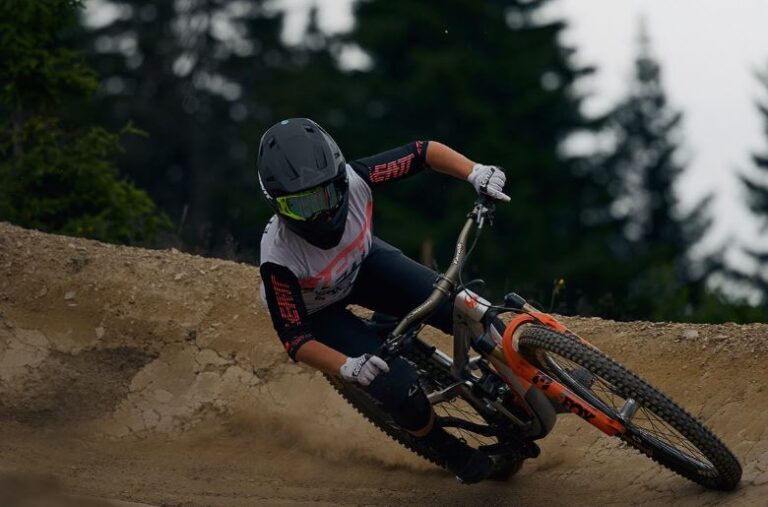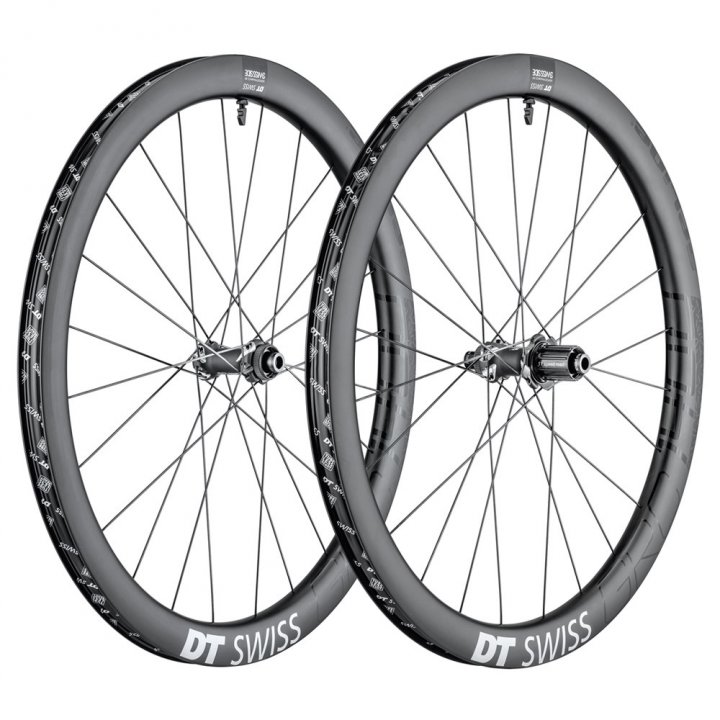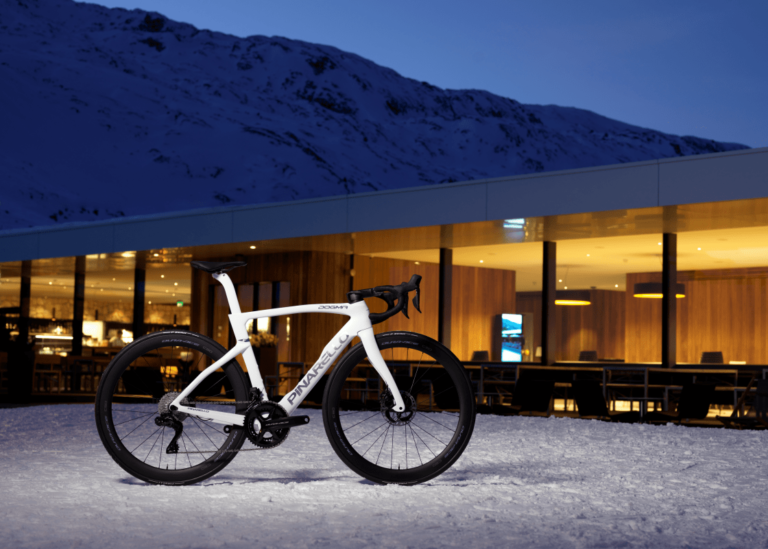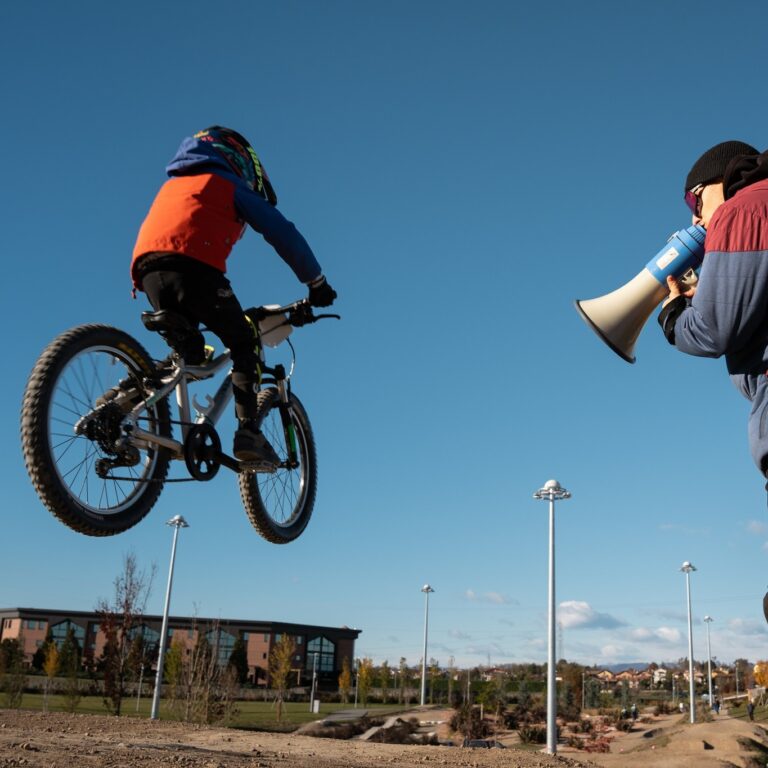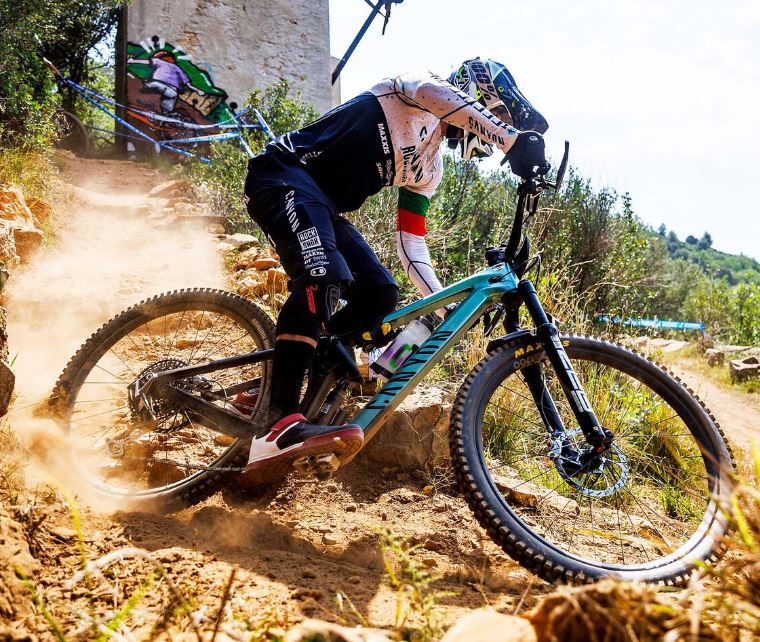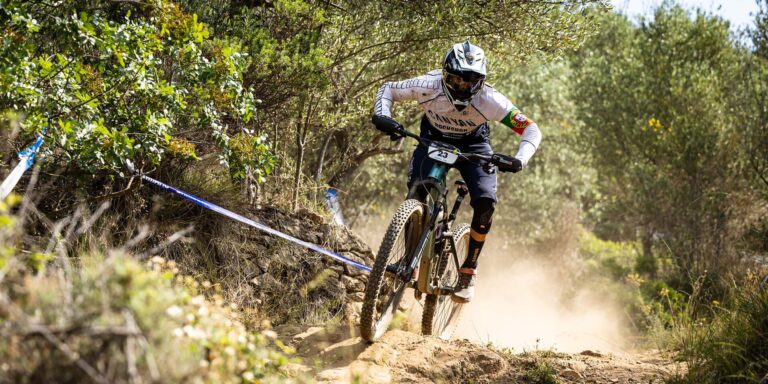The Joys and The Benefits of Balance Bikes for Toddlers
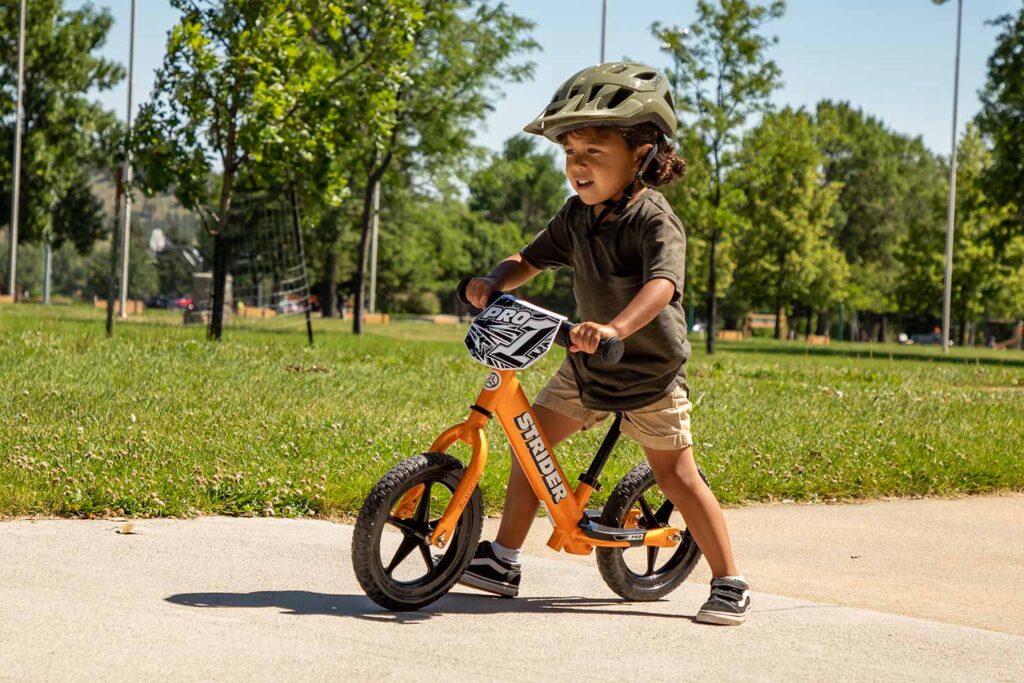
Key Point Summary of The Benefits of Balance Bikes for Toddlers:
- Develops Balance and Coordination: Encourages natural learning of balance and body coordination.
- Boosts Confidence and Independence: Kids can control their speed and movement, enhancing self-confidence.
- Eases Transition to Pedal Bikes: Children master the balance first, making the move to pedal bikes smoother.
- Safe and Enjoyable Learning: Lower risk of falls and injuries compared to traditional pedal bikes with training wheels.
- Promotes Physical Activity: Engages children in outdoor play, improving overall fitness and motor skills.
As a seasoned cyclist with a vast range of experience from mountain biking to cyclocross racing, I’ve come to appreciate the foundational role of early cycling experiences. Introducing toddlers to biking can be a game-changer, not just for their physical development but also for instilling a lifelong passion for cycling. Balance bikes, designed without pedals, offer young children the opportunity to learn biking fundamentals in a fun, intuitive way. Here’s a deep dive into the benefits and why they’re an excellent choice for toddlers beginning their cycling journey.
Unlocking the World of Balance
Balance bikes simplify the learning process by focusing on the core skill every cyclist needs: balance. By removing pedals from the equation, toddlers use their feet to propel themselves forward, learning to maintain balance on two wheels naturally. This method mirrors how we, as experienced cyclists, continuously refine our balance and coordination on challenging trails and tracks.
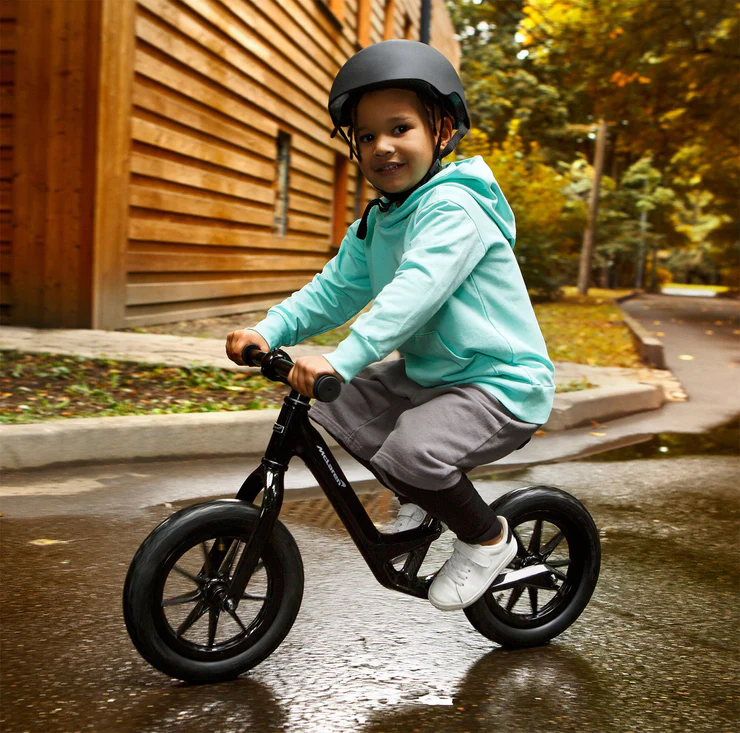
Confidence on Two Wheels
One of the most remarkable aspects is the confidence they instill in young riders. Toddlers quickly discover that they are in control, able to stop and start on their own terms. This empowerment is a significant confidence booster, setting a positive tone for their cycling journey. Observing a child’s transition from cautious first steps to gleeful gliding is a testament to the effectiveness of balance bikes in building both skill and confidence.
A Seamless Transition to Pedal Bikes
The leap to pedal bikes is notably smoother for children who start on balance bikes. Having already mastered balancing, they can focus on pedaling, often bypassing the need for training wheels entirely. This progression is not just about skill acquisition; it’s about maintaining momentum in the learning process, ensuring that children continue to find joy in cycling as they tackle new challenges.
Safety and Enjoyability Hand-in-Hand
Balance bikes offer a safer alternative to pedal bikes with training wheels. With feet close to the ground, children can easily stop themselves, reducing the risk of falls and injuries. This safety feature, coupled with the lightweight design, ensures that learning to ride is a positive, injury-free experience. Moreover, the simplicity means that maintenance is minimal, focusing the experience more on fun and less on upkeep.
Encouraging Active Play
In our digital age, finding activities that encourage physical play is more important than ever. Not only introduce toddlers to biking; they also promote outdoor play, physical fitness, and exploration. Early engagement in such activities lays the groundwork for a healthy lifestyle, emphasizing the joys of being active from a young age.
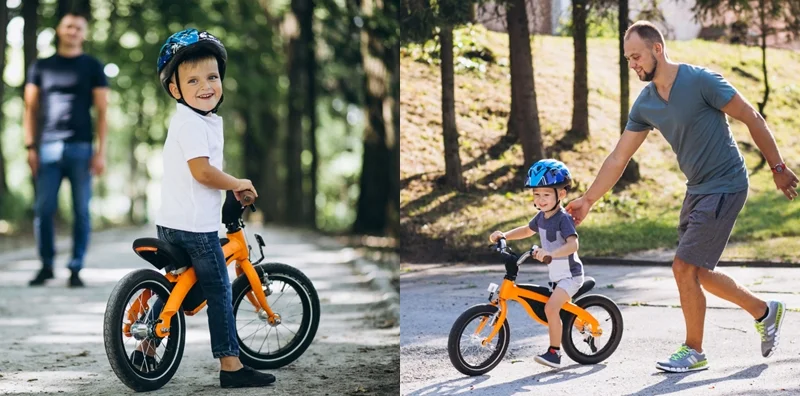
Final Thoughts
For parents looking for a balance bike that offers great value and can grow with their child, convertible balance bikes are an innovative solution. These bikes start as balance bikes and can transform into pedal bikes, making them a versatile choice for children learning to ride. Here’s a standout model known for its quality, durability, and convertibility:
Strider 14x Sport Balance Bike
The Strider 14x stands out as an exceptional option for kids aged 3 to 7. It begins as a balance bike, helping children develop the necessary skills of balancing and steering without the complication of pedals. Once the child is ready, the Strider 14x can be easily converted into a pedal bike with the addition of a pedal kit. This feature makes it a practical, long-term investment for parents, as it adapts to the child’s growing abilities and confidence.
The Strider 14x is designed with a lightweight frame, making it easy for young riders to handle and control. It also features an adjustable seat and handlebars, ensuring a comfortable fit as your child grows. The transition from balance to pedal bike with the Strider 14x is seamless, allowing children to make the leap without having to adjust to a new bike’s feel and size.
This model’s convertibility not only offers excellent value but also supports a smooth learning curve, making it one of the best options for parents seeking a balance bike that will last through multiple stages of their child’s development.
John
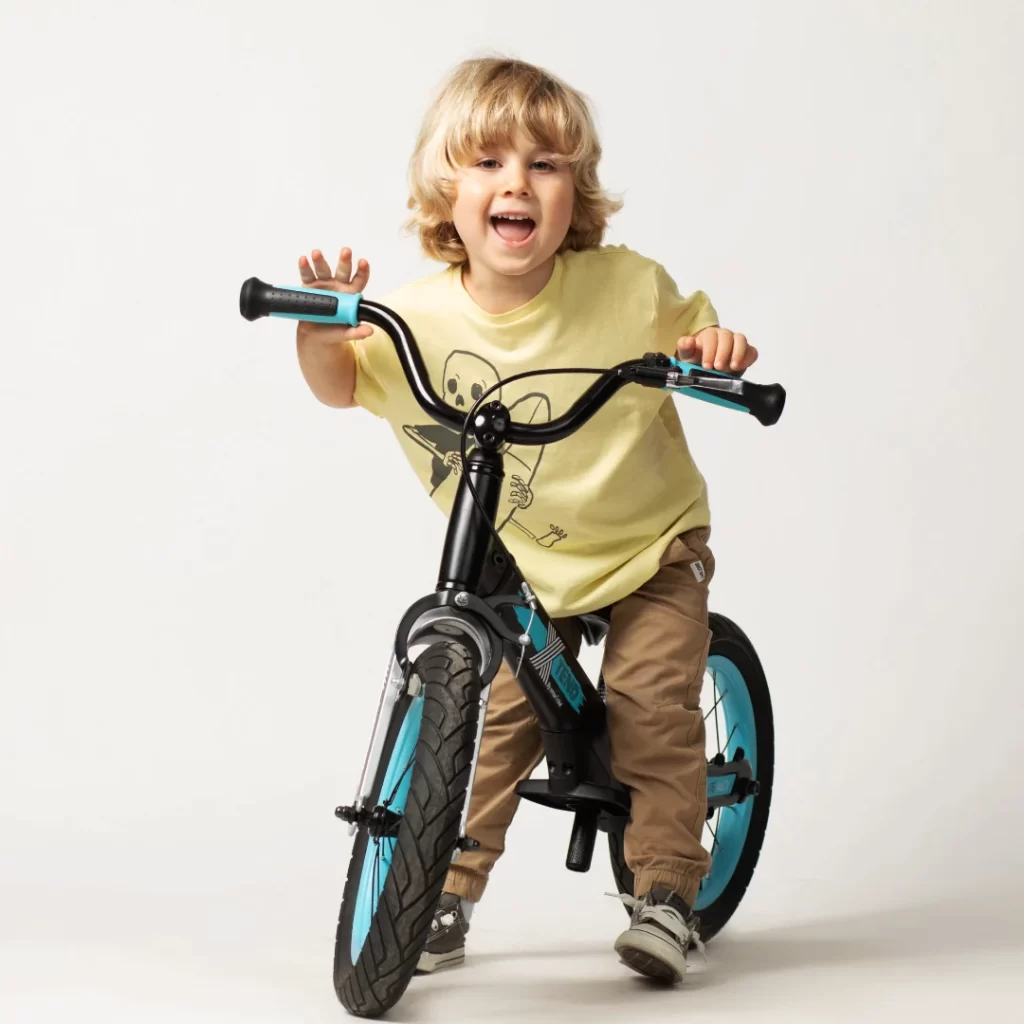
FAQ
Why are balance bikes good for toddlers?
Balance bikes help toddlers develop balance and coordination in a natural way, boost their confidence, and make the transition to pedal bikes easier and quicker. They allow toddlers to learn at their own pace by using their feet to balance and propel themselves forward.
How does riding a bike help toddlers?
Riding a bike promotes physical activity, enhances motor skills, improves balance and coordination, and boosts overall physical and mental health. It also encourages outdoor play, independence, and self-confidence.
What age can toddlers use balance bikes?
Toddlers can start using balance bikes as early as 18 months old. Most are suitable for children up to 5 years old, depending on the model and the child’s size and development.
What are the studies about balance bikes?
Research on balance bikes has shown that children who start on balance bikes tend to learn to ride a pedal bike without training wheels earlier than those who use training wheels. Studies highlight that balance bikes can significantly improve balance and coordination, skills that are crucial for early childhood development.
However, specific studies’ names and dates are too detailed for this format, but the consensus in educational and physical development research supports the benefits of balance bikes for early childhood motor skills development.
